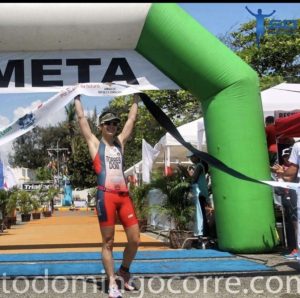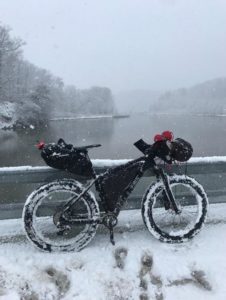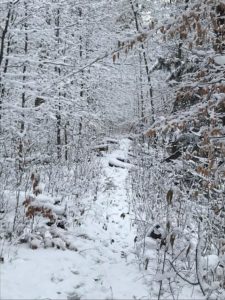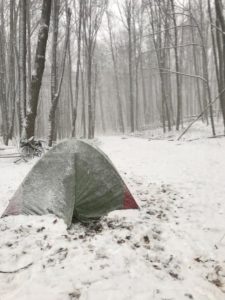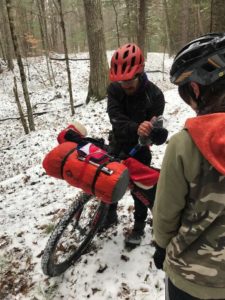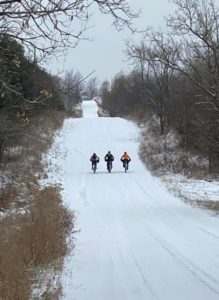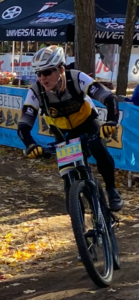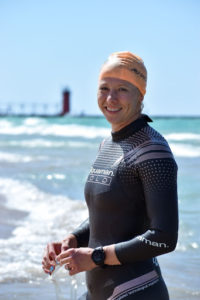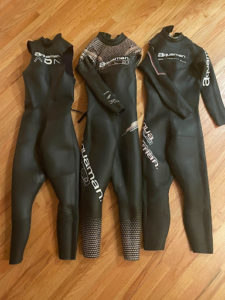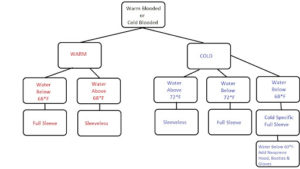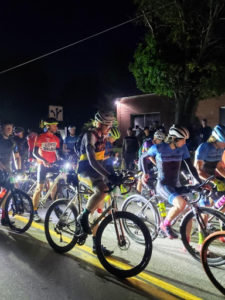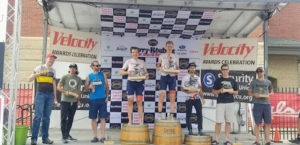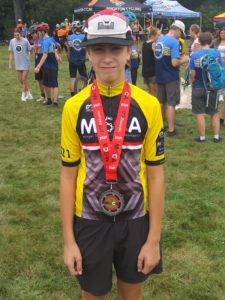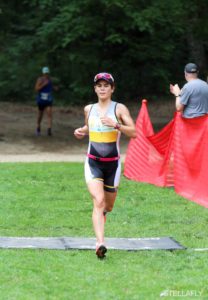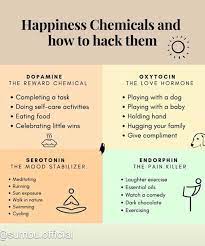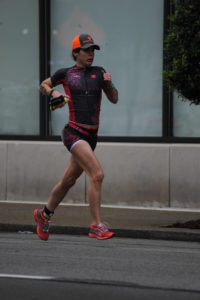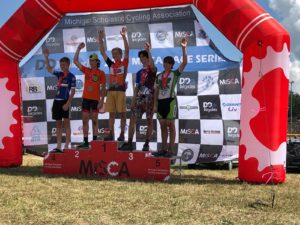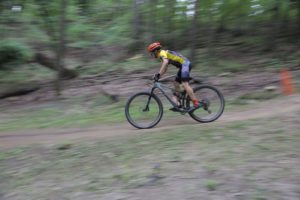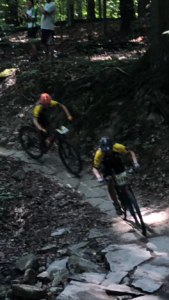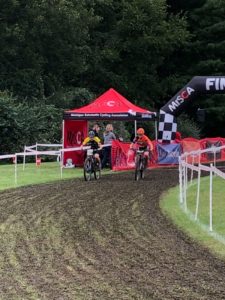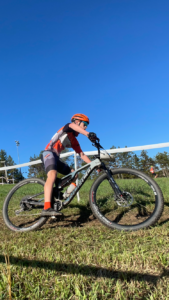By: Raquel Torres
Metabolism is a term that describes all the chemical reactions in your body.
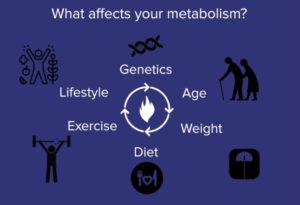 These chemical reactions keep your body alive and functioning; the molecules are constantly changing shape, renewing and rearranging themselves to either build things (heal), use energy, or save it as fat.
These chemical reactions keep your body alive and functioning; the molecules are constantly changing shape, renewing and rearranging themselves to either build things (heal), use energy, or save it as fat.
Sports training can have a significant effect on metabolic rate – this can determine weight gain and weight loss. This is because it boosts calorie burning.
However, the word metabolism is often used interchangeably with metabolic rate, or the number of calories you burn. The higher it is, the more calories you burn and the easier it is to lose weight and keep it off. Having a high metabolism can also give you energy and make you feel better.
Metabolism is a tricky thing. It’s not as simple as “eating a certain food” or “running a 10k every day”, and certainly not “taking a diet pill”. But the right balance of factors can lead to a healthy metabolism that’s metabolically flexible and sustainable. 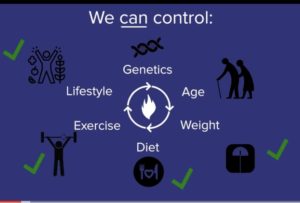
1. Enough sleep.
Sleep is one of the most important factors in maintaining (or improving) metabolism. In fact, studies show that sleep deprivation leads to changes in glucose metabolism and hormonal functions. The result is a decrease of levels of Leptin Hormone (control the feeling of fullness/appetite suppressant), and an increase in the Ghrelin Hormone (which invokes the hungry feeling), along with other issues, known as metabolic dysregulation, which also has links to an increase in obesity and diabetes.
2. Keep a good combination of exercise with CARDIO + STRENGTH.
For example: 40 minutes of any Cardio 3-5 days a week, including some H.I.I.T (high intensity interval training) and 2-3 times a week of Strength Training. People who include strength training burn significantly more fat than those who only perform cardio exercises.
People who are leaner with higher muscle mass burn more calories at rest, compared to those with higher body fat.
Fact: 1 pound of lean muscle in the body burns 14 calories a day at rest , while 1 pound of fat burns 2-3 calories a day.
Tip: Strength training can be weights at the gym or bodyweight exercises like push-ups, pull-ups, crunches, or resistance bands.
3. A well balanced nutrition.
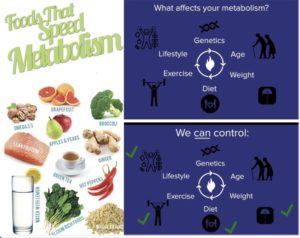 Avoid extreme diets. While some studies show that fasting is healthy, if you are underfeeding your body on a regular basis, your metabolism will adapt to the lower caloric intake and your metabolism will work to preserve the remaining calories as fat rather than energy, hence slowing down your metabolism.
Avoid extreme diets. While some studies show that fasting is healthy, if you are underfeeding your body on a regular basis, your metabolism will adapt to the lower caloric intake and your metabolism will work to preserve the remaining calories as fat rather than energy, hence slowing down your metabolism.
Fact: Eating some type of food, like proteins, can increase your metabolism for a few hours.
Tip: Reduce calorie intake at a healthy and realistic pace to lose weight sustainably.
This is called the thermic effect of food (TEF). It’s caused by the extra calories required to digest, absorb, and process the nutrients in your meal. Protein causes the largest rise in TEF. It increases your metabolic rate by 15–30%, compared to 5–10% for carbs and 0–3% for fats. Try to include proteins in every meal. Proteins can be: nuts, meat, fish, yogurt, cheese, egg, and many vegetables, such as green vegetables, as well as rice and beans are rich in proteins.
Fact: While carbs are necessary for energy, studies show that some are better than others. Consuming complex carbs (ex. oats, potatoes, rice, fruits, veggies, beans, or grains) versus simple carbs (ex. white bread, pasta, food with raw sugar, corn syrup, and concentrated fruit, etc.) means that the body requires more effort to break down the foods. That’s why when you eat complex carbs, you feel full for longer.
Tip: Try to have 30% of your total of food intake in proteins.
4. Caffeine / Coffee.
Studies have shown that caffeine can boost metabolism by 3 to 11%. Most fat burners supplements have caffeine as their #1 ingredient. That doesn’t mean that you need to be a coffee addict, or spend all day long drinking coffee expecting to lose weight–you still need to put in the effort.
Tip: Caffeine/Coffee before exercise can improve your workout, speed up metabolism, and burn fat more efficiently.
5. Age ain’t nothin’ but a number.
Age is just a number, but it still affects your metabolism. The rumors on this one are true.
From about age 25 until age 65, your metabolic rate decreases with each year by a rate of 2-5%. This means the number of calories your body burns without you doing any sort of physical activity actually decreases.
Tip: The best way to beat the reduction in your BMR is to regularly exercise. Following a healthy eating plan helps as well. The more lean muscle you have, the more calories your body is burning.
Remember, you are in charge: don’t get in that defeating mindset about “your genes or your age”; there are areas that you have total control over your metabolism: your lifestyle, nutrition, sleep, weight, and well-structured exercises.
The post Five Ways to Improve Your Metabolism appeared first on Team Athletic Mentors.




 Our Hockey Site
Our Hockey Site Team AM
Team AM


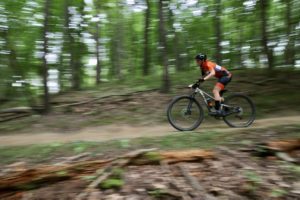
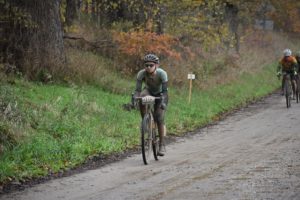
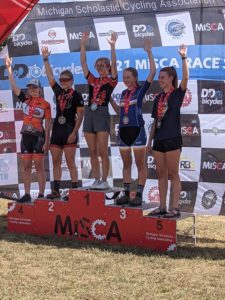
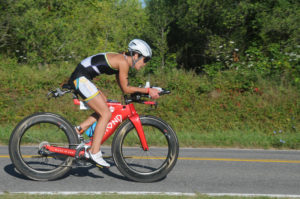
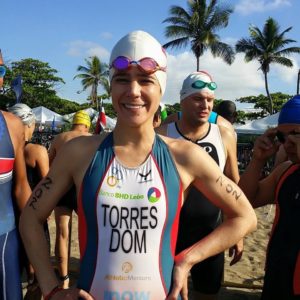
 6. Be accountable and careful. Whatever you are working towards, have someone like a coach that can hold you accountable in areas you are likely to give up. Tip: there is a time for sharing your goals to help with your accountability, and other times you’re better off keeping them to yourself. You just need to be strategic and rational in your decision. Sometimes a “friend”, a family member, doctor, partner, psychologist, teacher, no matter the role or the relationship with you, some people are secretly frustrated with themselves and sometimes intentionally or not, they’ll try to sabotage, discourage, or distract you from your personal goals or aspirations.
7. Pump up your confidence. Toughness and confidence go hand in hand. Being tough comes down to the choices you make about handling any given situation. Having confidence in yourself makes it possible to make the right choice and follow through with it. Tip: remember/visualize times when you were brave and accomplished something.
8. Don’t take opinions personal. You can be a good person, a decent, good hearted human and have thick skin, don’t worry about the little things, comments, or opinions. If you’re going to be tough, you can’t let a negative comment ruin your day. Tip: Realize and keep in mind the difference between truth and opinion. Focus on what you have total control: your mind, your actions.
“An entire sea of water can’t sink a ship unless it gets inside the ship. Similarly, the negativity of the world can’t put you down unless you allow it to get inside you.” —
6. Be accountable and careful. Whatever you are working towards, have someone like a coach that can hold you accountable in areas you are likely to give up. Tip: there is a time for sharing your goals to help with your accountability, and other times you’re better off keeping them to yourself. You just need to be strategic and rational in your decision. Sometimes a “friend”, a family member, doctor, partner, psychologist, teacher, no matter the role or the relationship with you, some people are secretly frustrated with themselves and sometimes intentionally or not, they’ll try to sabotage, discourage, or distract you from your personal goals or aspirations.
7. Pump up your confidence. Toughness and confidence go hand in hand. Being tough comes down to the choices you make about handling any given situation. Having confidence in yourself makes it possible to make the right choice and follow through with it. Tip: remember/visualize times when you were brave and accomplished something.
8. Don’t take opinions personal. You can be a good person, a decent, good hearted human and have thick skin, don’t worry about the little things, comments, or opinions. If you’re going to be tough, you can’t let a negative comment ruin your day. Tip: Realize and keep in mind the difference between truth and opinion. Focus on what you have total control: your mind, your actions.
“An entire sea of water can’t sink a ship unless it gets inside the ship. Similarly, the negativity of the world can’t put you down unless you allow it to get inside you.” — 